Graham Reid | | 5 min read
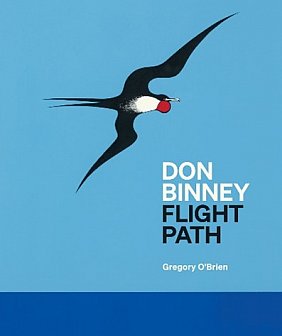
In a 2001 interview the artist/photographer Don Binney – then in his early 60s -- reflected on when he'd come back from time overseas the early Seventies.
He saw 1973 as the start of an emotional decline back in a country which no longer sustained him and seemed unwelcoming.
The art scene had changed since his golden period in the Sixties and prior to his departure; new galleries with a different ethos has emerged; new styles and critics were dominant; his striking art which engaged with nature and the environment was rudely pushed aside in the rush to embrace hard-edged abstraction and curator-lead post-modernism.
Binney and his birds – he felt – were out.
As the insightful biographer Gregory O'Brien – who wrote the beautiful book about artist Graham Percy, among others – observes, Binney was prone to “self-dramatisation and some degree of self-pity”.
But there was a measure of truth in what he said.
 His life and work would go on (he died in 2012 age 72) and he has been widely accepted into the pantheon of great New Zealand artists.
His life and work would go on (he died in 2012 age 72) and he has been widely accepted into the pantheon of great New Zealand artists.
But tastes in art are fickle and Binney certainly had his fallow periods.
Don Binney was no more just a painter of birds than Dali was only devoted to melting clocks.
Before O'Brien opens his keen investigation into the man and his art, Binney gets the first words in this impressive, large format hardback.
“Although I have used the forms of birds a great deal in my work I am not, as some will say, specifically or especially a 'bird painter'. I also paint space, earth, sea, light, rivers as well as houses, Ratana churches, volcanoes, schoolgirls, islands and roads.
“I do not presume to offer any typical or literary symbols of New Zealand . . . . what I paint is what I know well, and I am still in the process of wanting to know more”.
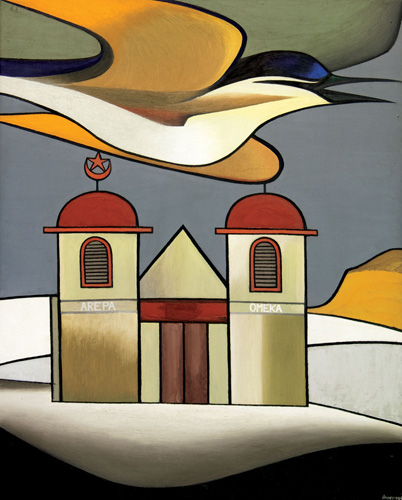 And Binney was not only a painter: he was an environmentalist, writer, photographer, collage artist and more who used pastels, oils and pencil, who made woodblock prints and fibreglass sculpture.
And Binney was not only a painter: he was an environmentalist, writer, photographer, collage artist and more who used pastels, oils and pencil, who made woodblock prints and fibreglass sculpture.
He was however captivated by flight at an early age – aircraft and obviously birds – whose natural home was Te Henga/Bethells Beach on the west coast of Auckland.
Unlike the older Colin McCahon who also spent much time out there and painted dark often gloom-laden works, Binney's paintings were light-filled and alive.
As writer O'Brien notes, “it was clear to Binney that, despite their similarities, his work and that of his teacher had fundamentally different philosophical bases”.
Binney: “The land that McCahon saw from his early life in the South Island was a land of penury and chastisement . . . I tend to inherit the pastures of plenty on the far side of the Waitakere Ranges, very fertile, very lush . . . a land lazy, abandoned, loud with locusts and bronzed with sun”.
 And beneath a blue sky filed with birds on the wing.
And beneath a blue sky filed with birds on the wing.
The older McCahon (with whom Binney had some lessons) seemed unnaturally cruel towards the younger man: he might have seen an artist in ascendancy and a threat, yet O'Brien also notes the similarities between the two painters in terms of landscape and line.
O'Brien had access to Binney's voluminous correspondence; interviews with Binney's wife Philippa, daughter Mary and numerous friends; published critical comment, reviews and articles as well as Binney's unpublished memoir.
From this he builds a rounded picture of an artist whose earliest drawings and paintings were preternaturally confident and had the clarity of the comic books of his childhood.
Binney was an only child, preferred his own company, was intelligent, well-read and smitten by the power and beauty of the natural landscape, especially out at Te Henga with its birdlife, the contours of the headlands and water.
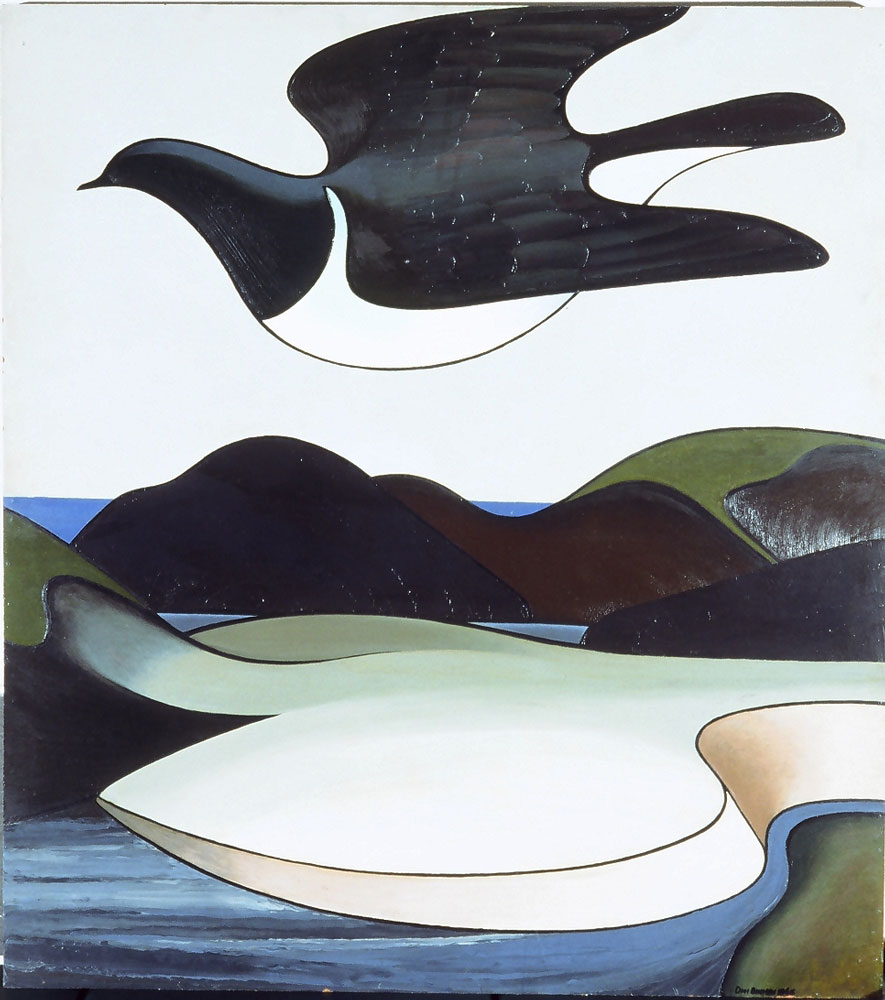 At Elam in Auckland he studied under – among others – Robert Ellis, developed a distinctive style parallel to his studies in ornithology, took a position as an art teacher at Mt Roskill Grammar and had his first solo exhibition in 1963 when he was still in his early 20s.
At Elam in Auckland he studied under – among others – Robert Ellis, developed a distinctive style parallel to his studies in ornithology, took a position as an art teacher at Mt Roskill Grammar and had his first solo exhibition in 1963 when he was still in his early 20s.
O'Brien writes, “Binney considered 1963 'a year of beginnings in all sorts of ways, a coming of age with a teaching job, marriage, a solo exhibition at Ikon Gallery . . . rites of passage . . . having my first solo show in Auckland was one foot in the door . . . and having a work bought by the Auckland City Art Gallery was like having both feet in the door'.”
A decade later he felt very differently.
But all that was before him: he was young, successful and his work a kind of abstract realism in its stylised, flowing shapes and curved linearity.
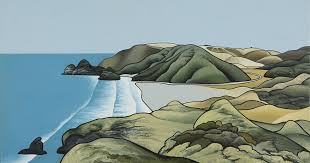 O'Brien is insightful about the details as much as the broad strokes of Binney's life and art, noting how the paintings work within the frame, sometimes disappearing in or out of the edge for dramatic effect and offering a sense of movement to otherwise static images.
O'Brien is insightful about the details as much as the broad strokes of Binney's life and art, noting how the paintings work within the frame, sometimes disappearing in or out of the edge for dramatic effect and offering a sense of movement to otherwise static images.
Binney traveled to Dunedin, Gisborne, the East Cape and Northland for new inspirations and landscapes, always returning to Te Henga.
He was on the rise in the Sixties, went to Australia, there were more exhibitions and critical appreciation, and in 1967 traveled to Britain on a generous Queen Elizabeth Arts Council Grant which allowed him to explore Europe at length, go to the United States and Mexico (he had a keen interest in the new and ancient art out of Mexico) . . . all the time sketching, painting and writing of his travels for Landfall.
He came home and was feted, interviewed by the New Zealand Woman's Weekly, sold numerous paintings, his marriage skidded to a halt and . . .
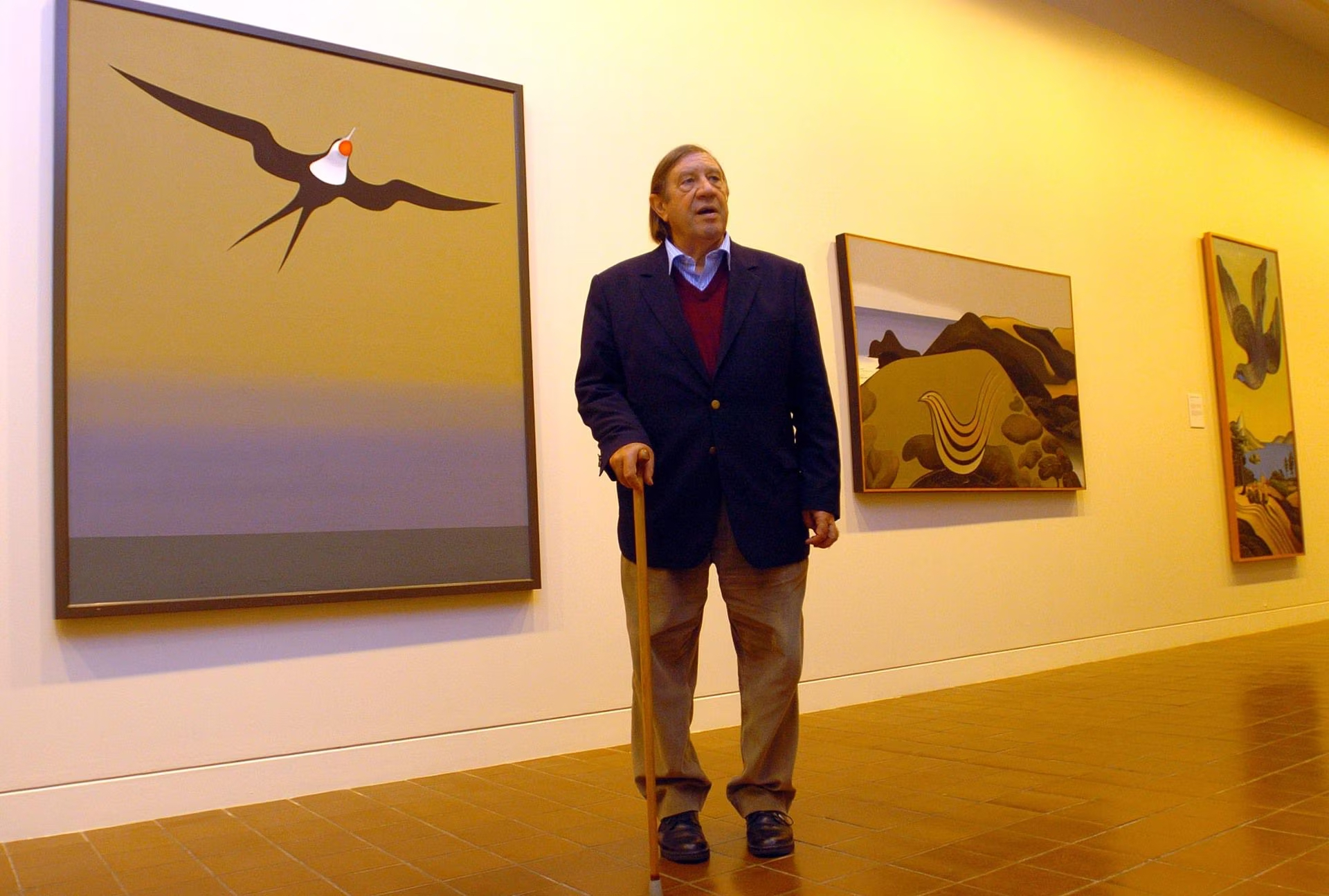 “With the advent of the 1970s,” O'Brien writes, “Don Binney was sensing even more acutely a sea-change in the Auckland art scene. Lines were being drawn and factions formed. Personal preferences and biases aside, he believed (or believed he believed) in a broad inclusive notion of the contemporary art world.”
“With the advent of the 1970s,” O'Brien writes, “Don Binney was sensing even more acutely a sea-change in the Auckland art scene. Lines were being drawn and factions formed. Personal preferences and biases aside, he believed (or believed he believed) in a broad inclusive notion of the contemporary art world.”
Binney interviewed in 2001: “During the 1960s someone like Milan Mrkusich or Gordon Walters would spend an affable evening with someone like me and there wouldn't be a you/me, us/them difference – we saw ourselves as responsible artists each unto our own style.
“It was other people who threw a dirty great big ideological wedge between someone like Gordon Walters and me.”
And so things changed for Binney and in the art world around him.
In 1973, the point he felt the change most acutely he was still only 33. That year and those changes arrive at the midpoint of Gregory O'Brien's wonderful book which is lavishly illustrated with many full page reproductions of Binney's still arresting work.
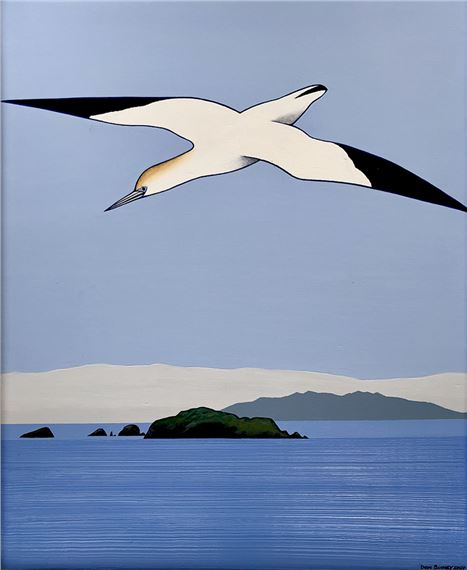 The second half of his biography encompasses in equal detail 40 more years of Binney's creativity, his teaching and writing, techniques and personal life in which there was critical rehabilitation and some splendid work in the last decades, many the equal of his first.
The second half of his biography encompasses in equal detail 40 more years of Binney's creativity, his teaching and writing, techniques and personal life in which there was critical rehabilitation and some splendid work in the last decades, many the equal of his first.
Don Binney: Flight Path is a marvellous book about a fascinating man and artist.
His work may have sometimes fallen out of critical favour but it rarely lost traction with the public or businesses, galleries and institutions which had the space for the uplifting image of a bird in flight above a landscape somewhere in Aotearoa New Zealand.
.
DON BINNEY; FLIGHT PATH by GREGORY O'BRIEN. Auckland University Press. $90

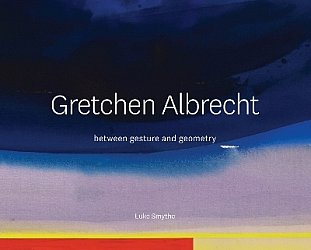
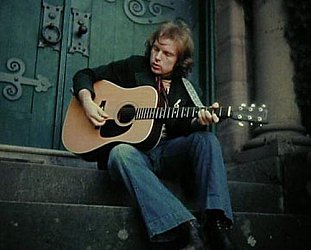
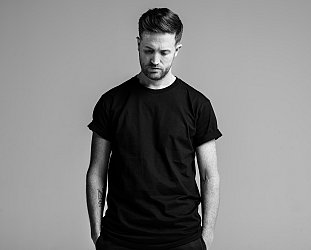
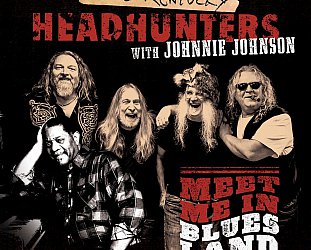
post a comment